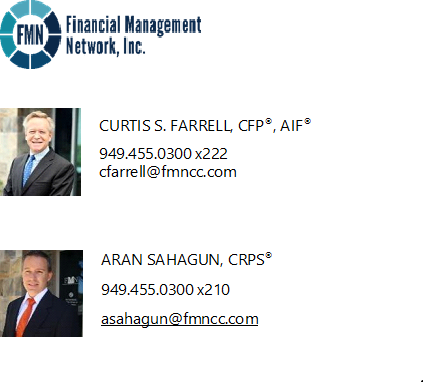Employees Want Paychecks for Life: Pros and Cons of Guaranteed Lifetime Income
Annuities and similar products may help address retirement readiness in an aging workforce
People are living longer, which means they may need their retirement savings to last decades. As a result, nearly half (48%) of participants are concerned about outliving their retirement savings.1 Many Americans don’t know how to transform their savings into retirement income.
Guaranteed income offerings can help ease this concern by providing consistent, predictable payments for life. Research shows a majority of 401(k) participants (75%) are “very” or “somewhat” interested in putting some or all of their savings into a guaranteed income option2.
Employers are on board, too — 4 in 5 believe employees want guaranteed income products in their retirement plans3. However, with new retirement strategies come opportunities, uncertainty and risks. Here are some of the benefits and risks of in-plan guaranteed income.
What is Guaranteed Lifetime Income?
Think of it as a “paycheck for life.” Essentially, it is a retirement income strategy guaranteed every month once a 401(k) participant reaches retirement (generally speaking at 65 years old). These investment solutions are gaining in popularity because they are easy for employees to understand, which helps instill more confidence in their retirement outlook.
Retirement Income Hurdles
For decades, workplace plans have helped workers save, invest and accumulate as much as possible, yet few plans offered a decumulation strategy to provide a steady, predictable flow of retirement income.
Guaranteed income solutions aim to solve three primary participant concerns:
- Running out of money: The average American retiree could potentially outlive their savings by nearly 10 years 4. Guaranteed income products help address this risk by delivering a steady, predictable lifetime income stream.
- Reducing or eliminating early withdrawals: Taxes and penalties alone may not discourage participants from tapping into their retirement savings early. Guaranteed income products may be a deterrent, as pre-retirement withdrawals will notably reduce retirement income.
Key Benefits and Risks
As with any investment solution that has various pros and cons, guaranteed lifetime income is no different.
Advantages include:
- Potential for increased retirement confidence because participants can more readily project their anticipated retirement income which can help them retire on time.
- Enhancing motivation and desire to save because participants will know their real monthly payouts, which may prompt them to save more proactively to reach their goals.
- It could help reduce employer healthcare costs since older employees may retire earlier and, thus, exit the health insurance plan.
- This strategy may improve your company’s competitiveness, boosting recruiting and retention.
Disadvantages include:
- Each guaranteed income contract is different and the terms need to be clearly understood.
- Contracts may not be ported (moved from one employer to the next).
- Participants must elect guaranteed income far in advance of retirement; this decision typically cannot be reversed.
- Payouts may end when the participant dies.
- Participants may incur additional costs.
Your Fiduciary Role
The SECURE Act and pending SECURE Act 2.0 were designed to help Americans save for retirement; and while the law and pending update seek to improve our retirement system, it can be hard to decode.
To boil it down, selecting a guaranteed income provider is still considered a fiduciary duty, so this should be done with care and diligence. Contact us for support.
Lifetime Income Illustrations
Another SECURE Act requirement goes into effect this year; lifetime income illustrations will begin appearing on participant statements. These projections may motivate your employees to save, or they could instill a sense of dread if the illustration paints a bleak picture. Either way, this may prompt some employees to knock on your door and ask questions about the company’s retirement plan.
How We Can Help
If you are curious about guaranteed income options or other ways to enhance your retirement plan, we can help. Whether you need plan assistance or help getting your employees on track toward retirement, we support our clients through every step of the journey.
1Nationwide Retirement Institute. “2021 In-Plan Lifetime Income survey.” Sept. 2021.
2Employee Benefit Research Institute. “2021 Retirement Confidence Survey.” June 2021.
3Nationwide Retirement Institute. “2021 In-Plan Lifetime Income survey.” Sept. 2021.
4World Economic Forum. “Investing in (and for) Our Future.” June 2019.
Contact Information:
Disclosures:
Investment advisory services are offered by Financial Management Network, Inc. (“FMN”) and securities offered through FMN Capital Corporation, (“FMNCC”), member FINRA & SIPC.
This information was developed as a general guide to educate plan sponsors and is not intended as authoritative guidance or tax/legal advice. Each plan has unique requirements, and you should consult your attorney or tax advisor for guidance on your specific situation.
©401(k) Marketing, LLC. All rights reserved. Proprietary and confidential. Do not copy or distribute outside original intent.








































